Kidney
Table of Contents
Definition of kidney
The kidneys are vital organs responsible for filtering waste products and excess fluids from the blood to form urine, maintaining the body’s internal balance of salts and minerals. Located on either side of the spine, just below the rib cage, they play a critical role in regulating blood pressure, producing red blood cells, and ensuring healthy bone function. By maintaining homeostasis, the kidneys are essential for overall health and the efficient functioning of many bodily systems.
The kidneys aid in sustaining the body’s chemical balance by removing waste and excessive water from the blood (as urine) and sodium, potassium, and calcium. Besides, the kidneys grow hormones encouraging the bone marrow to produce red blood cells and regulate blood pressure.
Location
The kidney’s long axis resides on the quadratus lumborum muscle and moves parallel to the psoas muscle’s lateral border. Moreover, the kidneys have been placed at an oblique angle, meaning the superior renal pole is more posteriorly and medially than the inferior pole. The right kidney frequently stands slightly lower than the left since it shares the right lobe of the liver.
Anatomy
There is anteroposterior evidence of the kidneys. Compare this to the posterior surface, which stands up to the posterior abdominal wall, the anterior surface faces the anterior abdominal wall.
The renal artery, renal vein, and renal ureter discharge the kidney at the hilum of the kidney, which is recognized as the center of the minor concavity. You are able to remember these structures (renal Vein, renal Artery, and Duct, often known as the ureter) if you quickly know the abbreviated word “VAD.”
The kidneys reside retroperitoneally, which means that compared to most other abdominal organs, they are positioned behind the peritoneal layers rather than inside them. Conversely
Importance
Waste products and extra liquid are evacuated by the kidneys. They also eliminate acid that originates from the body’s cells and keep the levels of water, salts, and minerals (that include potassium, phosphorus, sodium, and calcium) in our blood in an appropriate amount. The body’s muscles, nerves, and other tissues may cease to function appropriately without this equilibrium.
Primary Function
- It is an important excretory organ that assists the body in eliminating material waste from metabolic activity.
- Modulating the blood’s ratios of water, solutes, and electrolytes, affects plasma osmotic.
Secondary Function
- It promotes the balance of acids and bases in the middle of time.
- It creates erythropoietin, leading to red blood cell establishment.
- To control blood pressure, it also generates renin.
- It is necessary to change vitamin D through its active form, which in turn benefits the absorption of calcium.
Innervation
- The renal plexus stimulates the kidneys. The input for this plexus stems from:
The lower thoracic splanchnic nerves, which connect to the sympathetic nervous system with information on vascular tone, as well as - Through the vagus nerve, and the parasympathetic nervous system as well.
Considering the kidney’s sensory nerves communicate to the spinal cord at levels T10–T11, flank pain frequently raises the potential that the attached kidney isn’t functioning properly.
How do the Kidneys work?
A tubule and a filter designated as a glomerulus are characteristics of every nephron. The glomerulus filters your blood, while the tubule replenishes your blood with the needed nutrients and removes waste products. This is the pathway of nephron function.
The tubule destroys waste and refreshes your blood with the chemicals it requires. Nearly all of the water and the necessary minerals and nutrients for your body are picked up by the blood vessels whenever the filtered fluid travels along the tubule. The tubule aids in the blood’s excess acid extraction.
Your accumulated blood flow across the renal artery. Before the blood reaches the nephrons, this massive blood channel fragments into progressively smaller blood vessels. Your blood is filtered in the nephron by the glomeruli, which are microscopic blood vessels, and then it escapes your kidney by the renal vein.
Your kidneys seep blood several times during the day. Your kidneys filter roughly 142 liters of blood in a day. The tubules return the majority of the water and other materials that pass through your glomeruli to your blood. Only a liter or two turn into urine.
Nerve supply of kidney
- The renal plexus provides communications through the neurological system and the kidneys.
- The renal nerve rises from the superior mesenteric ganglion, proceeds along the renal artery’s branches in the hilum of each kidney, and comes up at each nephron.
- The sympathetic fibers that cause renal vasoconstriction contribute to most of these nerves.
- Kidney effects information gains the spinal cord’s T10–11 levels and can be allowed in the dermatome. Hence the matching kidney may be the origin of abdominal discomfort.
Renal Function Tests (RFT)
Suspicions that a person’s kidneys might not be performing normally based on symptoms and evidence
If anyone is diagnosed with more conditions that may impact the kidneys, such as diabetes or high blood pressure
Renal function tests are appropriate for:
- Identifying to what extent renal disease has developed
- staying control of the kidneys’ reaction to the medication
- Examining the course of kidney disease.
Conditions and Disorders
What causes kidney damage?
Your kidneys provide several important functions for your body. They can be affected by a wide range of illnesses. The things that follow are frequent disorders that impact your kidneys:
- Kidney cancer: Kidney cancer most frequently emerges as renal cell carcinoma.
- Kidney failure (renal failure): There are two types of kidney failure: acute, resulting in worsens immediately; and chronic, which results in an ongoing reduction in kidney function. Dialysis, a procedure where your blood is filtered instead of your kidneys, is necessary.
- Kidney infection (pyelonephritis): Bacteria can enter your kidneys by conducting your ureters and induce a kidney infection. These conditions arise instantly. Healthcare professionals provide antibiotics to them.
- Kidney stones: Urine crystals formed by kidney stones may cut down on the flow of urine. These stones sometimes pass by them to fail. In different circumstances, medical professionals can provide treatment to dissolve or destroy them.
FAQs
What is the primary function of a kidney?
Numerous chemical levels in the blood are determined by the kidneys. The kidneys assist in blood pressure stabilization. Kidney illness may prolong lives if caught early.
What is the kidney’s anatomy?
The kidneys are two roughly fist-sized organs shaped like beans. Two more layers of fat provide additional protection after that. floated the kidneys are the adrenal glands.
What structure does the kidney correspond to?
The kidneys, ureters, and urethra contribute to the renal system. The system’s all-its position is to filter around two hundred pints of fluid per day from renal blood flow, causing excess ions, toxins, and metabolic waste products to be expelled while maintaining blood levels of crucial nutrients.
Where is the kidney located in you?
The kidneys are two delicate organs established beyond the lower ribs in the back of the stomach. One kidney exists on the front or back of the spine.
Where is the pain in the kidneys?
Frequently, kidney difficulty is felt on either end of your spine, under your ribs, or in your back. Kidney infections, stones, or other kidney problems could be the cause.
What is the kidney’s structure in humans?
The kidney’s interior has been categorized into three branches: its external cortex, the medulla in its center of gravity, and the renal pelvis in the entire area credited as the kidney’s hilum. The kidney’s concave hilum is where blood vessels and nerves enter and move on, and it’s also where the ureters exit the body. The kidney resembled a bean.
References
- Radiopedia The Kidneys Available:https://radiopaedia.org/articles/kidneys (accessed 3.10.2021)
- ↑ Jump up to:2.0 2.1 2.2 2.3 NIH Your Kidneys & How They Work Available: https://www.niddk.nih.gov/health-information/kidney-disease/kidneys-how-they-work (accessed 3.10.2021)
- ↑ Anatomic Wisdom. The External Gross Anatomy of the Kidney. Available from: https://www.youtube.com/watch?v=OmMzMBSsaU4. [Lasted accessed: 2021-4-30]
- ↑ Finco DR. Kidney function. In Clinical biochemistry of domestic animals 1997 Jan 1 (pp. 441-484). Academic Press.
- ↑ Ogobuiro I, Tuma F. Physiology, renal. StatPearls [Internet]. 2019 Feb 10.
- ↑ Microscopic Anatomy of the Kidney. Available from: https://bio.libretexts.org/Courses/Lumen_Learning/Book%3A_Biology_of_Aging_(Lumen)/13%3A_The_Urinary_System/13.05%3A_Microscopic_Anatomy_of_the_Kidney. Lasted Accessed: 2021-5-2
- ↑ Kidneys and Urinary System LO2 – Internal Gross Anatomy. Available from: https://www.youtube.com/watch?v=25CO_f7o_c4. [lasted accessed: 2021-4-30]
- ↑ Microscopic structure of kidney-Nephron. Available from: https://www.youtube.com/watch?v=OoIZ1N-haL8. [Lasted accessed: 2021-4-30]
- ↑ Kidney. From Wikipedia, the free encyclopedia Available from: https://en.wikipedia.org/wiki/Kidney. Lasted accessed: 2021-5-2


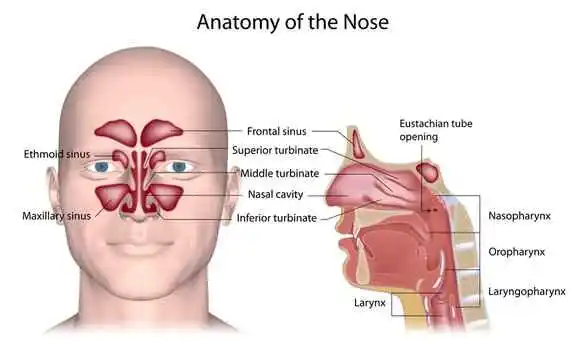
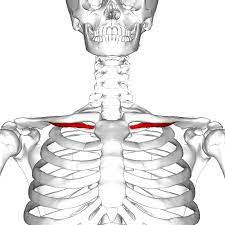
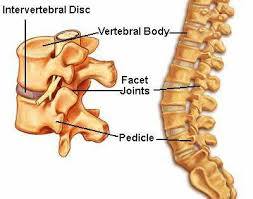
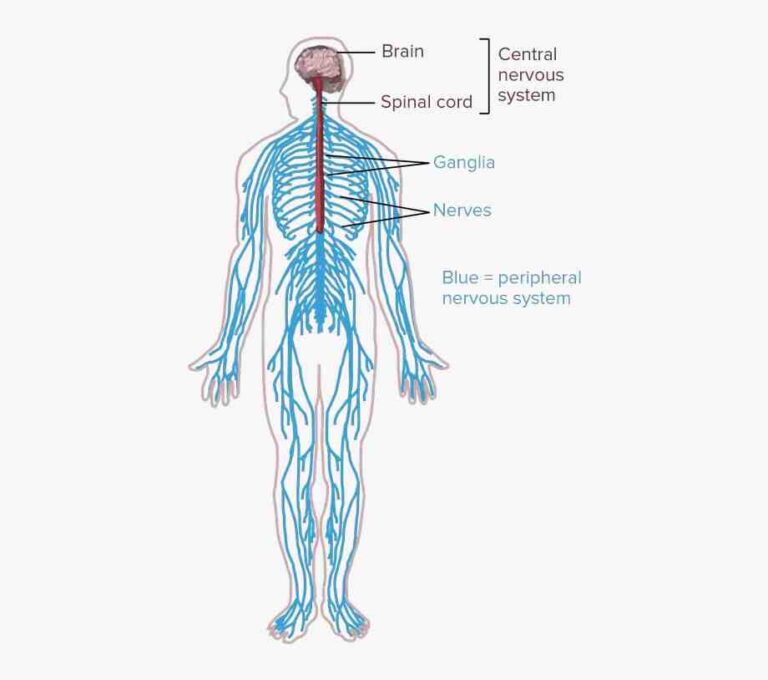
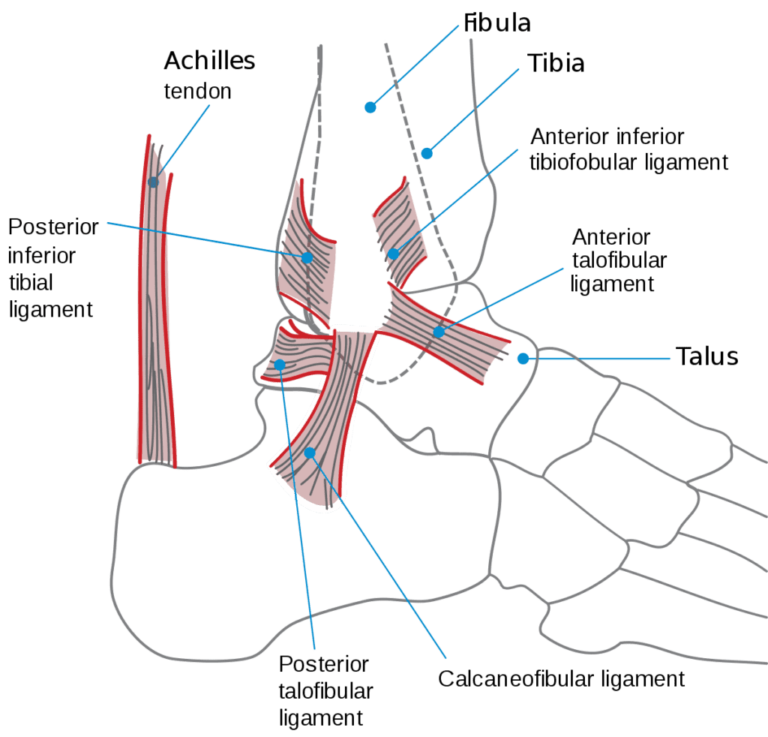
12 Comments